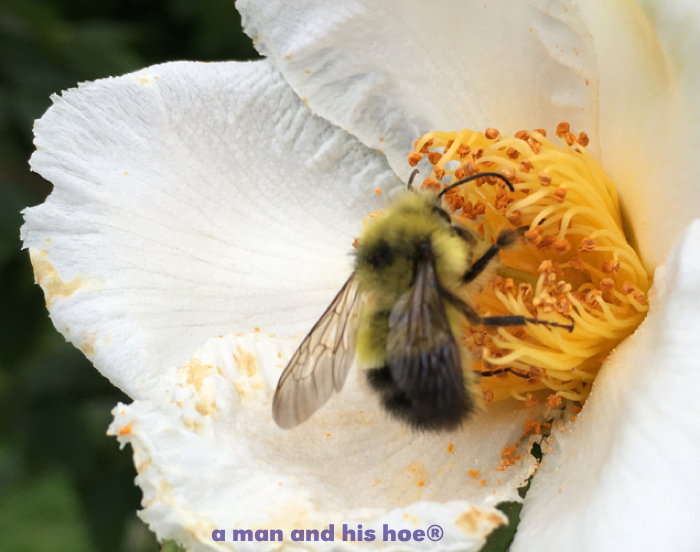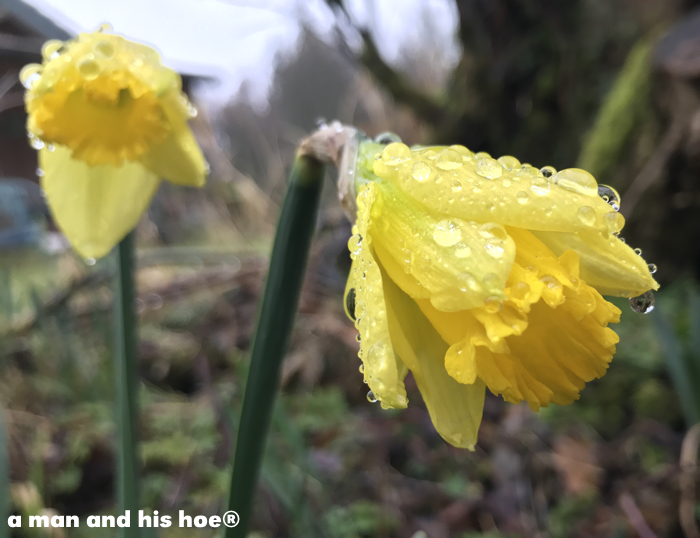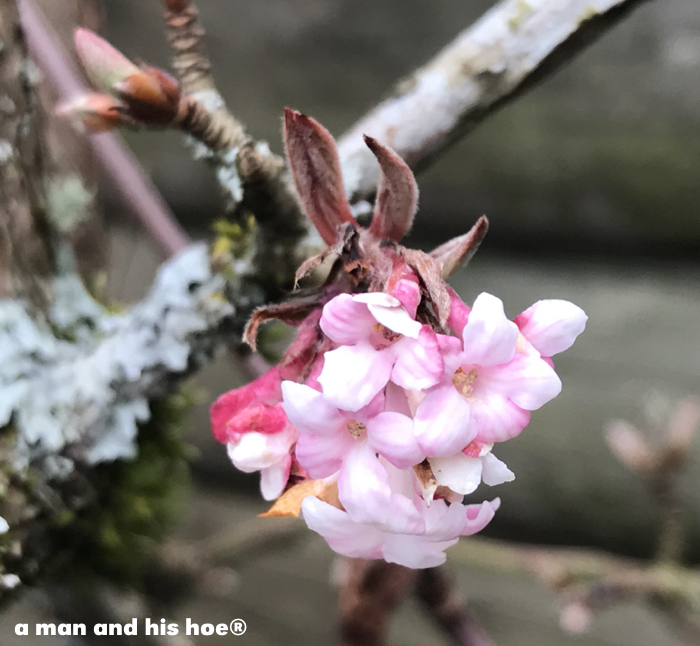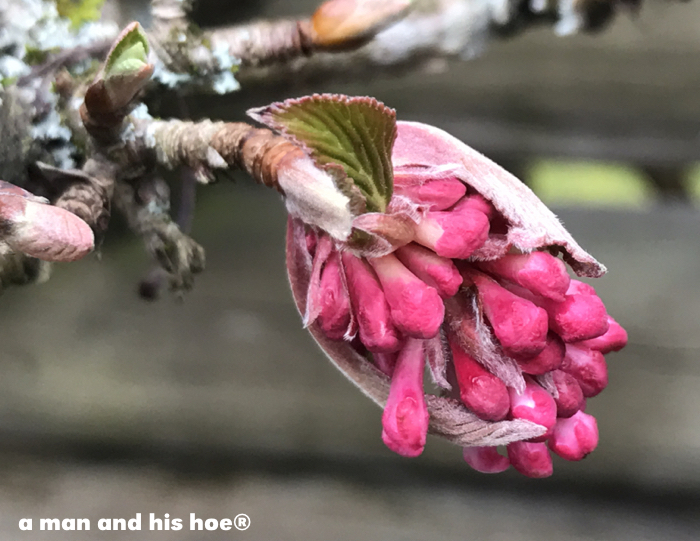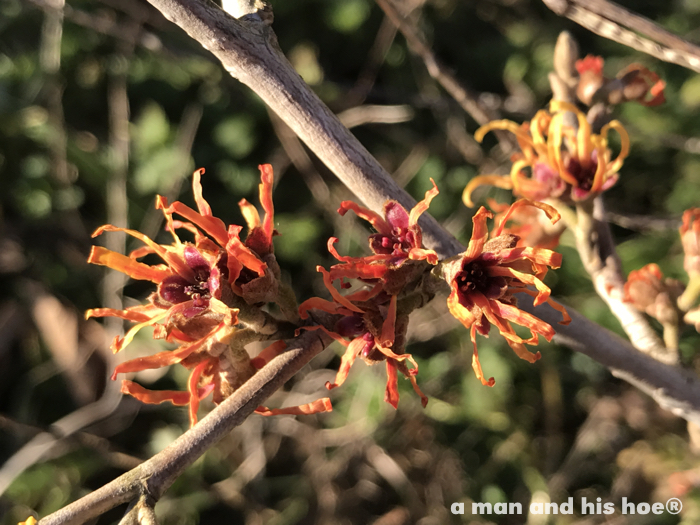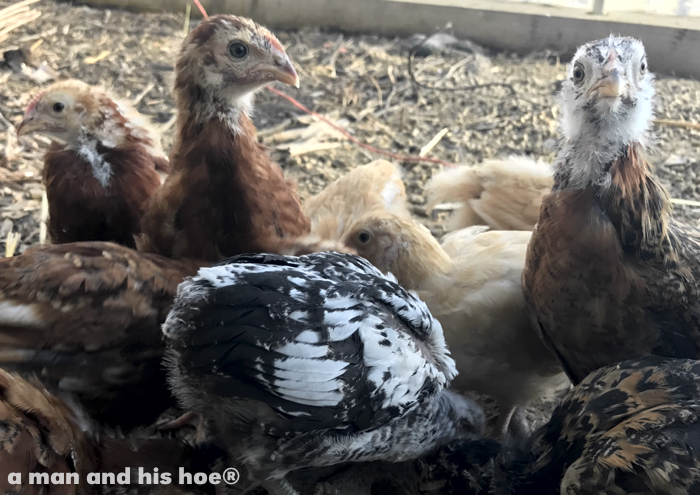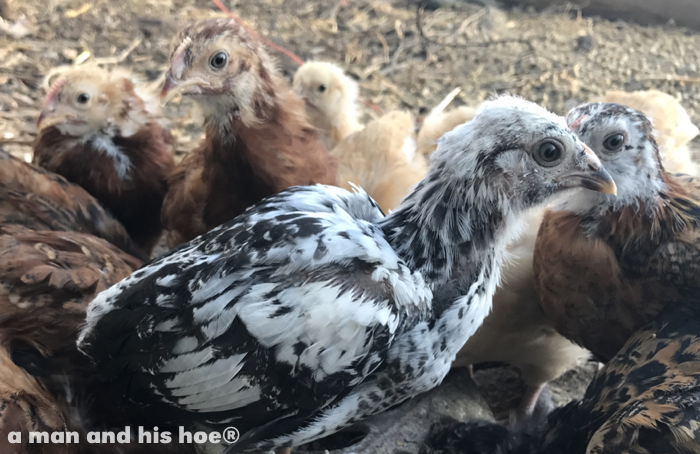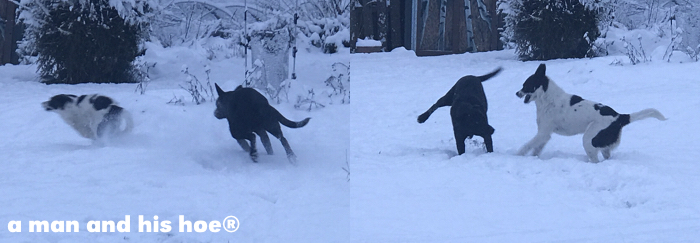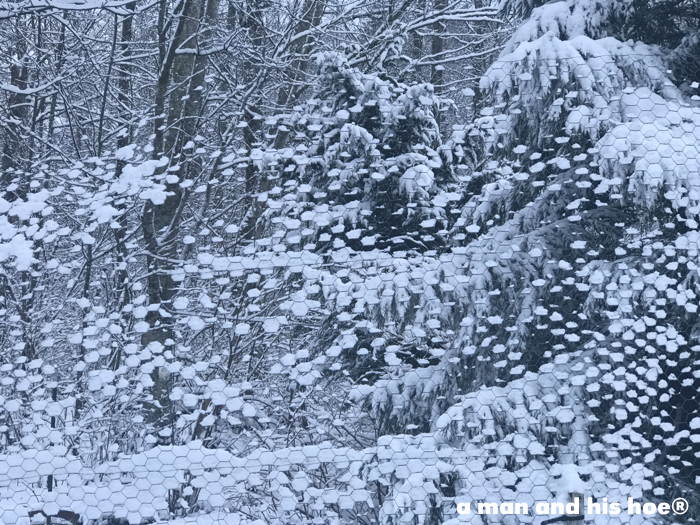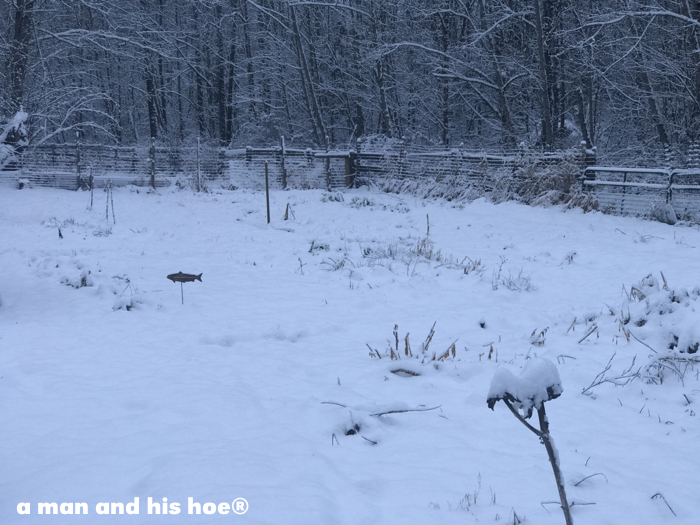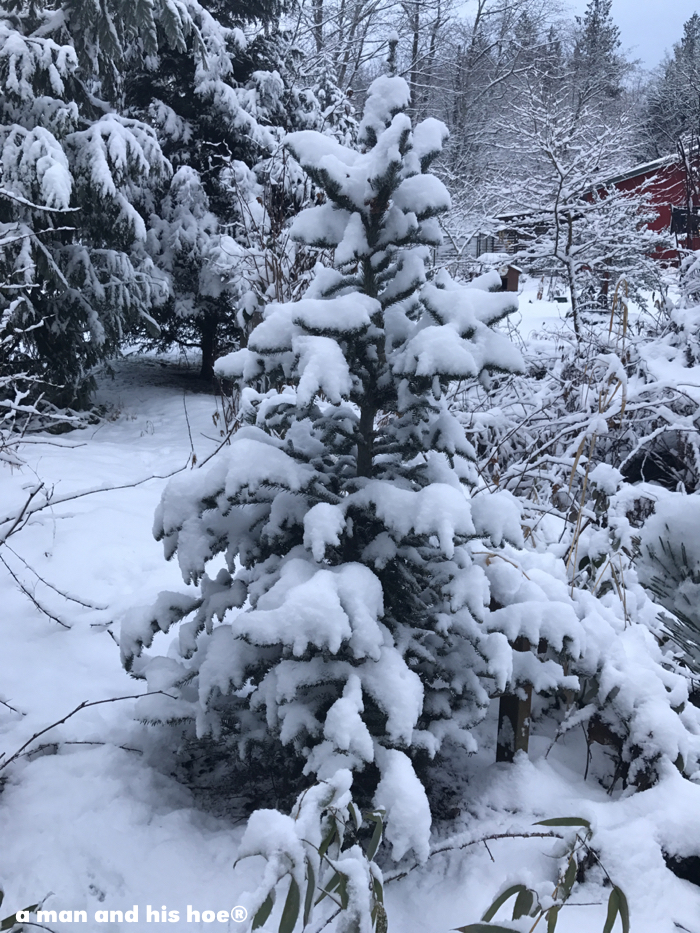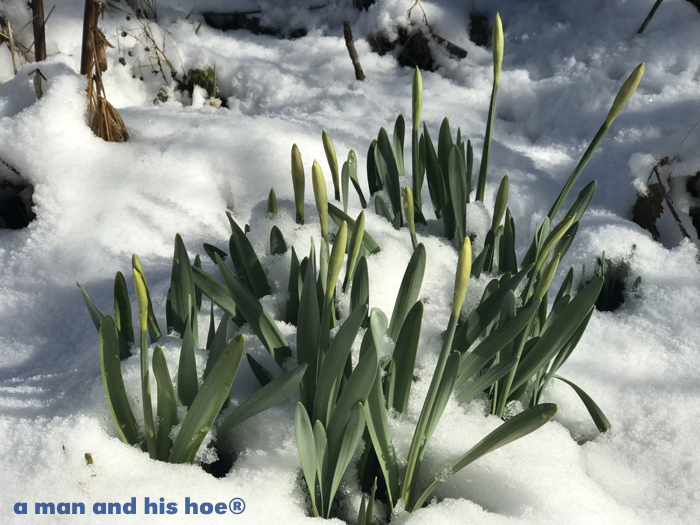
On Tuesday I attended a webinar on Providing Habitat for Wild Bees on Organic Farms put on by eOrganic on extension.org. They are a great resource for learning about all sorts of organic farming practices. Recently they had a webinar on managing striped cucumber beetles in organic cucurbits, and another on the management of spotted wing drosophila. Such fun and exciting topics. They also have a handy YouTube Channel with videos of many of their webinars.

With this week’s snow melting quickly, I dream of warmer days when bees by the thousands fill the spring air with their constant buzzing. The pictures of bees in this post are of bees in my gardens from springs and summers past. According to the presenters of the webinar, the best things you can do to encourage bees is having a large variety of flowers, especially flowers native to your area, in bloom through spring, summer, and fall. And since most bees, more than 70%, nest in the ground, make sure you have plenty of undisturbed ground and rockeries for them to nest.
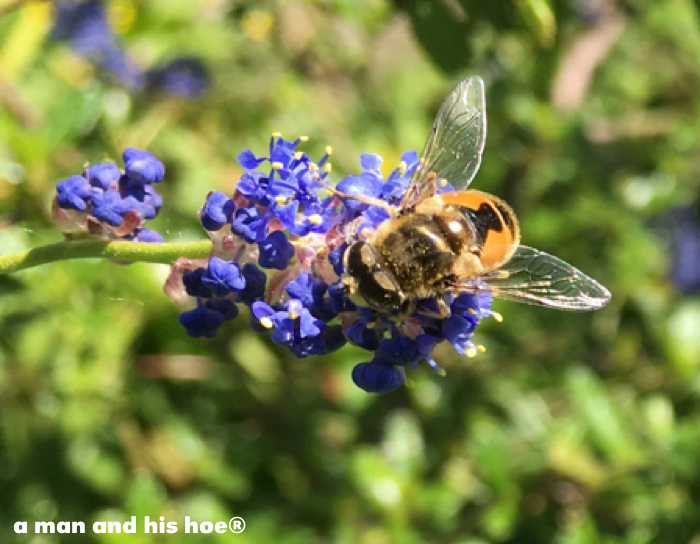
I was disappointed to learn that identifying bees down to their specific species is difficult. It usually requires examining them under a microscope, which means catching and killing them. For example, according to Joseph S. Wilson & Olivia Messinger Carril in their detailed guide to North American bees, The Bees In Your Backyard, one of the key features for identifying Andreninae bees are the two sutures at the base of their antennae, but you need a microscope to clearly see them. My best hope at identifying the bees I see is to take close-up photos of the bees, not always easy as they don’t like to sit still for me, and examining the photos later.
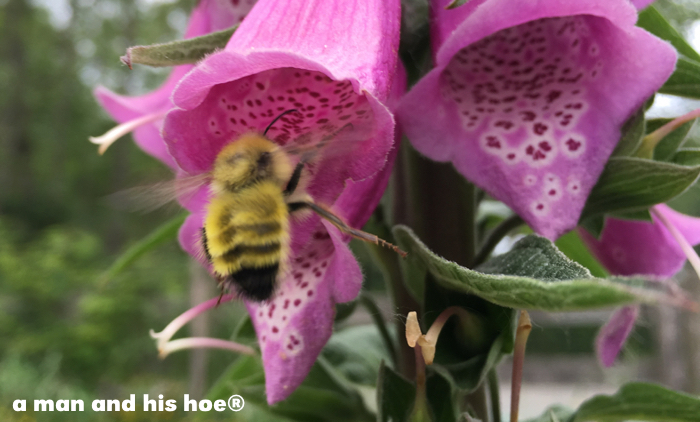
A nightmarish creature I learned about in The Bees In Your Backyard are Twisted-Wing Insects, Strepsiptera. The females of these insects live in the backs of bees (and other hapless insects), with only a bit of their head exposed. They have no legs, no wings, and no eyes. Males fly about for just a few hours and when they spot a bee with a Strepsiptera female head sticking out of its body, they will mate with it by stabbing through the back of it’s head and injecting semen into her body. The semen flows through her body, eventually finds her ovaries, and fertilizes her eggs. The eggs hatch and survive by eating their mother. After they gobble her up, the tiny grubs emerge from the bee, and look for a new bee or insect to attack.
Strepsiptera are a good reason not to be religious. I don’t think you want to count on the mercy of a diety who conjures up such frightening creatures.

